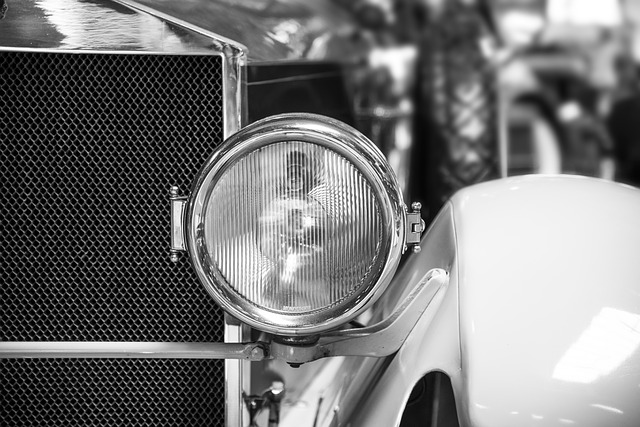
Subaru History is the automobile manufacturing division of Japanese transportation conglomerate Fuji Heavy Industries (FHI), the twenty-second biggest automaker by production worldwide in 2012
Subaru History
Fuji Heavy Industries started out as The Aircraft Research Laboratory in 1915, headed by Chikuhei Nakajima. In 1932, the company was reorganized as Nakajima Aircraft Company, Ltd and soon became a major manufacturer of aircraft for Japan during World War II. At the end of the Second World War Nakajima Aircraft was again reorganized, this time as Fuji Sangyo Co, Ltd. In 1946, the company created the Fuji Rabbit motor scooter with spare aircraft parts from the war. In 1950, Fuji Sangyo was divided into 12 smaller corporations according to the Japanese Government’s 1950 Corporate Credit Rearrangement Act, anti-zaibatsu legislation.
Kenji Kita, CEO of Fuji Heavy Industries at the time, wanted the new company to be involved in car manufacturing and soon began plans for building a car with the development code-name P-1. Mr. Kita canvassed the Company for suggestions about naming the P1, but none of the proposals was appealing enough. In the end he gave the car a Japanese name that he had “been cherishing in his heart”: Subaru, which is the name of the Pleiades star cluster in Japanese. The first Subaru car was named the Subaru 1500. Only twenty P1s were manufactured owing to multiple supply issues. From 1954 to 2008 the company designed and manufactured dozens of vehicles including the 1500 (1954), the tiny air-cooled 360 (1958), the Sambar (1961), the 1000, the R-2 (1969), the Rex and the Leone (1971), the BRAT (1978), Alcyone (1985), the Legacy (1989), the Impreza (1993), the Forester (1997), the Baja (2003), the Tribeca (2005), the Exiga (2008), and the BRZ (2012).
Remember that before you buy, check the history of the vehicle. You do this by typing the VIN Number Subaru below:
Source: en.wikipedia.org


 EN
EN  PL
PL  RU
RU  DE
DE  HU
HU  EE
EE  LV
LV  RO
RO  SI
SI  CZ
CZ  LT
LT 